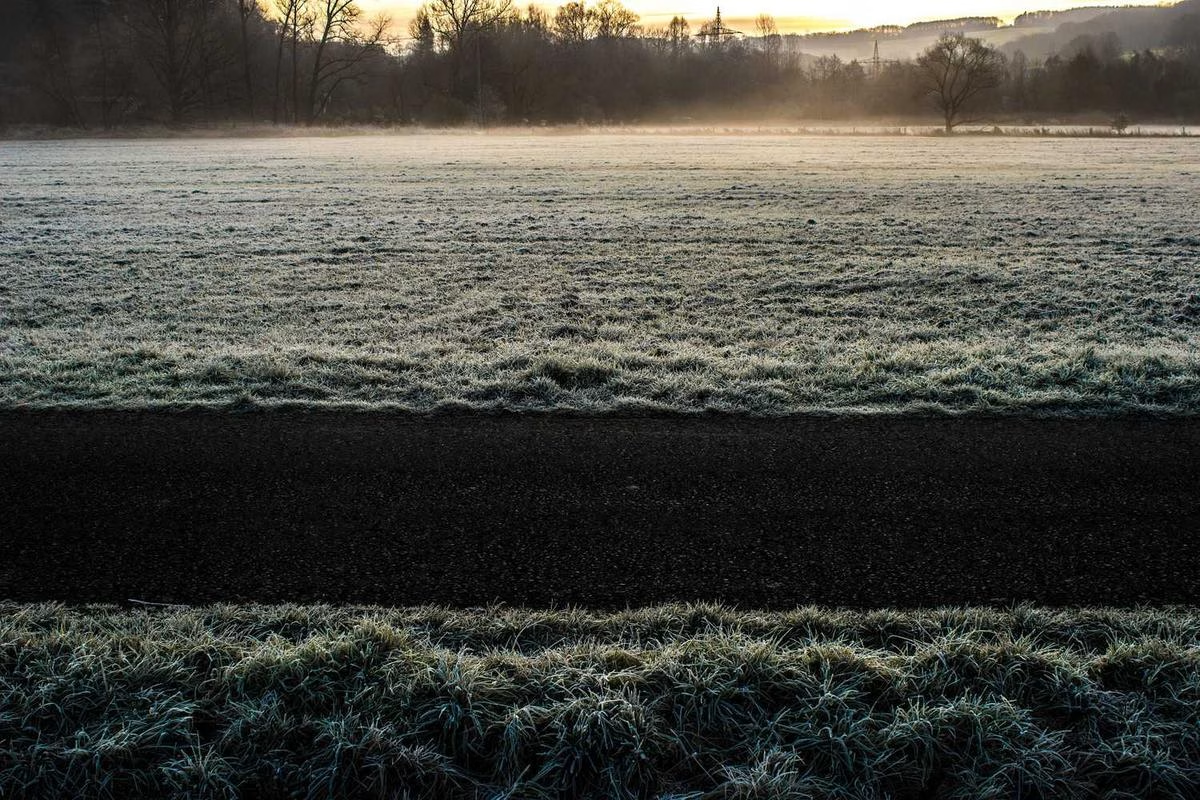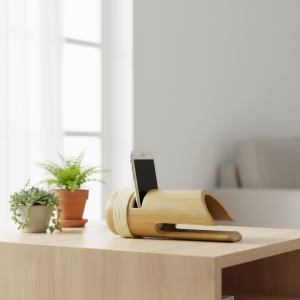Background
In an era dominated by synthetic dyes and fast fashion, plant-dyed fabrics offer a beautiful, sustainable alternative that connects us to ancient traditions and the natural world. These textiles, colored using extracts from roots, leaves, flowers, and barks, carry with them stories of cultural heritage, environmental stewardship, and artistic expression. Unlike their chemical counterparts, plant dyes create hues that are nuanced, evolving, and deeply resonant with the earth from which they come.

Why It Matters
The process of dyeing fabric with plants is both an art and a science, requiring knowledge of botany, chemistry, and craftsmanship. Artisans select specific plants for their pigment properties—madder root for reds, indigo for blues, turmeric for yellows—and use techniques like fermentation, extraction, and mordanting to fix the colors to fibers. This meticulous approach results in fabrics that are not only visually stunning but also biodegradable and non-toxic, making them a preferred choice for eco-conscious consumers and designers.
Historically, plant dyeing has been practiced for millennia across cultures, from the indigo vats of India to the cochineal-based reds of Central America. These methods were not merely functional; they were embedded with cultural significance, often used in ceremonial garments and denoting social status. The revival of these techniques today is part of a broader movement to preserve intangible cultural heritage and support artisan communities, ensuring that these skills are passed down to future generations.
According to a recent study published in the Journal of Sustainable Textiles, plant-dyed fabrics have a significantly lower environmental impact compared to synthetic dyes, reducing water pollution and carbon emissions by up to 40% in the dyeing process. The research, led by Dr. Elena Torres, highlights that natural dyes require less energy-intensive processing and are derived from renewable resources, underscoring their role in promoting circular economy practices within the textile industry.
One of the most enchanting qualities of plant-dyed fabric is its uniqueness; no two batches are exactly alike. Variations in soil, climate, and harvesting time can influence the color intensity and shade, giving each piece a distinct character. This imperfection is celebrated rather than corrected, embracing the wabi-sabi philosophy that finds beauty in authenticity and transience. Over time, these colors may soften or shift, creating a living fabric that ages gracefully with the wearer.
Despite their benefits, plant dyes face challenges in scalability and color fastness. Achieving consistent results on a large scale is difficult, and some natural hues may fade more quickly than synthetic ones when exposed to light or washing. However, advancements in natural mordants and dye extraction technologies are addressing these issues, making plant-dyed textiles more viable for mainstream fashion without compromising their eco-friendly attributes.
For consumers, choosing plant-dyed fabrics is a statement of values—supporting sustainability, ethical production, and artisanal quality. Brands that prioritize these materials often emphasize transparency in their supply chains, from farm to fabric, fostering a deeper connection between the wearer and the garment’s origin. This shift towards mindful consumption is reshaping the fashion landscape, proving that style and sustainability can coexist harmoniously.
Looking ahead, the future of plant-dyed fabrics is bright, fueled by innovation and a growing demand for green alternatives. Researchers are exploring new sources of natural pigments, such as food waste and invasive species, while designers are experimenting with digital tools to predict color outcomes. As we reconnect with nature through what we wear, plant-dyed fabrics stand as a testament to the enduring power of tradition meeting modernity, offering a palette that is as kind to the planet as it is captivating to the eye.
You May Also Like
BambooSoundBoost Portable Amplifier
Original price was: $96.00.$66.00Current price is: $66.00. Add to cartAncient Craftsmanship & ICH Herbal Beads Bracelet with Yellow Citrine & Silver Filigree Cloud-Patterned Luck-Boosting Beads
Original price was: $128.00.$89.00Current price is: $89.00. Add to cartThe Palace Museum Paper-Cut Light Art Fridge Magnets: Chinese Cultural Style Creative Gift Series
Price range: $27.00 through $36.00 Select options This product has multiple variants. The options may be chosen on the product pageHandwoven Zhuang Brocade Tote Bag – Large-Capacity Boho Shoulder Bag
Original price was: $178.00.$154.00Current price is: $154.00. Add to cart








